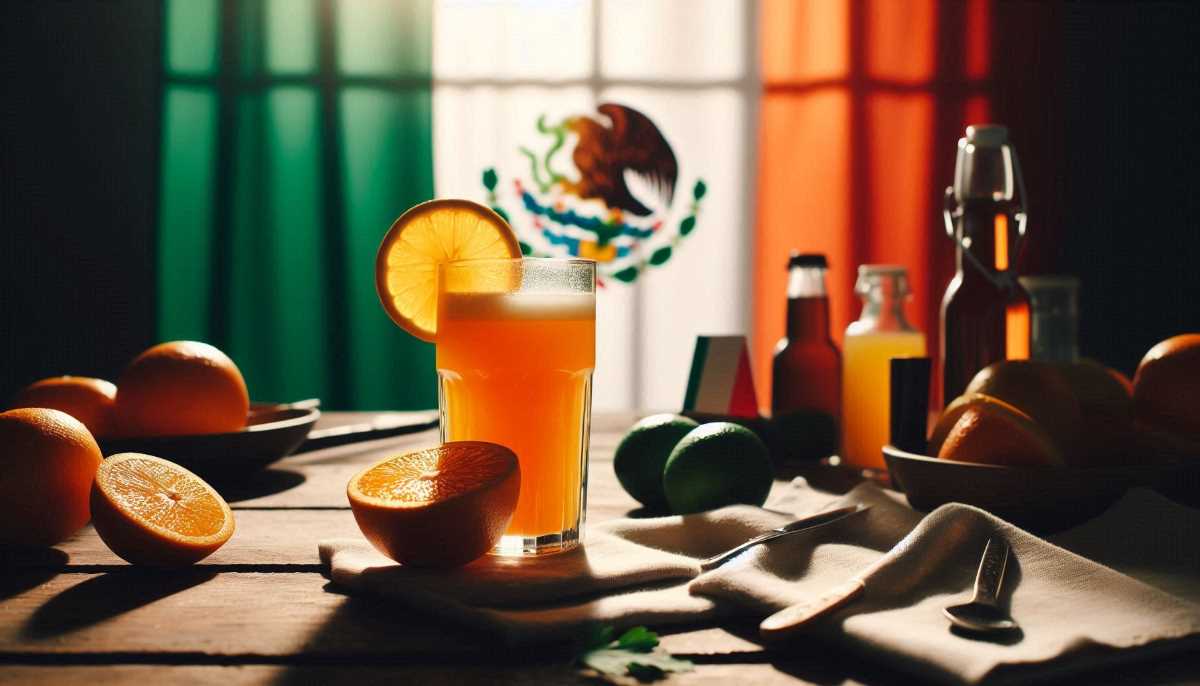How Agri-Food Exports Are Shaping Global Markets
Mexico's agri-food exports have surged, driving a significant increase in the country's trade surplus. Beverages, vegetables, and fruits are the main contributors, with notable growth in frozen orange juice, cattle, and coffee preparations.

In an era of increasing globalization and interdependence, few sectors exemplify the interconnected nature of international commerce like the agri-food industry. July marked a milestone in this regard, as a sharp rise in agri-food exports catapulted the country’s trade surplus to an impressive 9.38% growth—recording one of the highest positive trade balances in three decades.
This surge was part of a much broader trend that has been steadily unfolding throughout 2024, as the export value from January to July reached an eye-watering $33.3 billion. That figure represents not just raw agricultural commodities but the very essence of culture—foods, beverages, and agricultural goods that are staples both at home and abroad. But it’s the mix of what's driving these numbers that merits a deeper dive.




